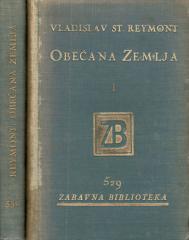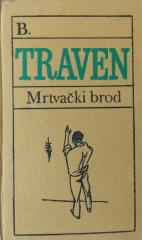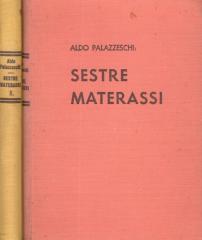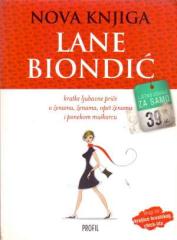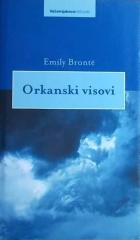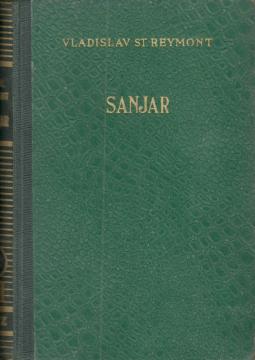
Sanjar
Der 1944 auf Kroatisch veröffentlichte Roman „Der Träumer“ des polnischen Nobelpreisträgers Władysław Stanisław Reymont ist ein introspektives und philosophisch angehauchtes Werk, das sich von seinen bekannteren realistischen Romanen wie „Der Bauer“ unter
In diesem Werk entfernt sich Reymont von sozialen Chroniken und wendet sich der inneren Welt des Einzelnen zu, wobei er die Grenzen von Realität, Träumen und Spiritualität erkundet.
Die Hauptfigur, deren Name nicht explizit genannt wird, wird als Träumer dargestellt – ein Mann, der sich aus dem Alltag zurückzieht und in die Welt der Fantasie, Träume und inneren Visionen eintaucht. In einer Reihe symbolischer und oft surrealer Szenen behandelt der Roman Themen wie Realitätsflucht, Sinnsuche und spirituelle Erleuchtung.
Reymont verwendet eine reiche und poetische Sprache, die von Symbolik und mystischen Elementen durchdrungen ist, um den inneren Zustand des Protagonisten darzustellen. Das Werk ist geprägt von introspektiven Monologen und philosophischen Betrachtungen über die menschliche Existenz, Wirklichkeit und Transzendenz.
„Der Träumer“ kann als Reflexion des Autors über die spirituellen Bestrebungen des Menschen und sein Bedürfnis, den Beschränkungen der materiellen Welt zu entkommen, interpretiert werden. Der Roman lädt den Leser ein, über seine eigenen Träume und inneren Kämpfe nachzudenken und nach einem tieferen Sinn im Leben zu suchen.
Angeboten wird ein Exemplar
- Beschädigter Rücken
